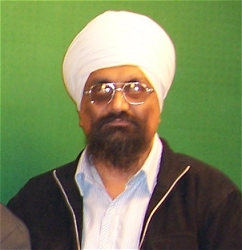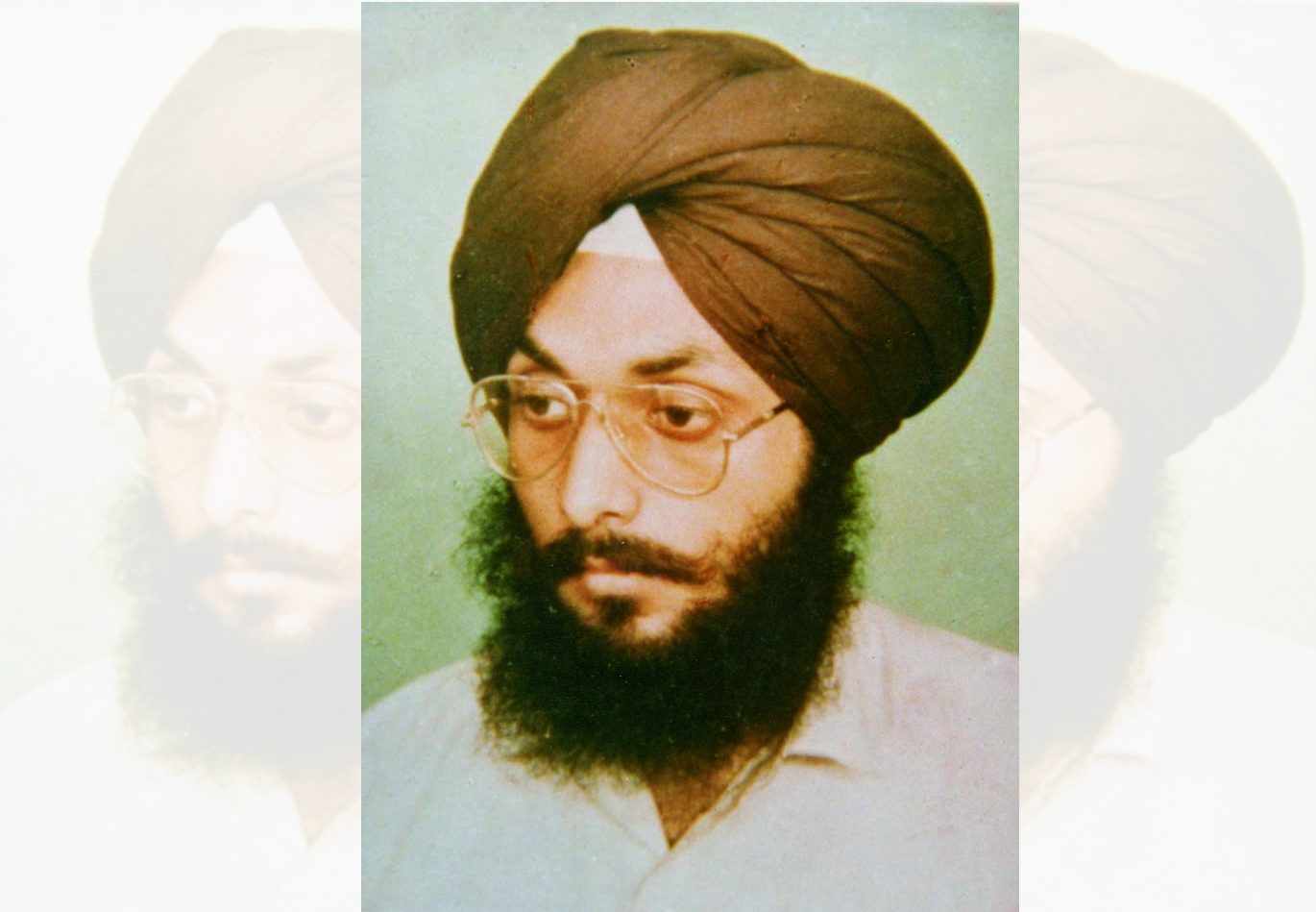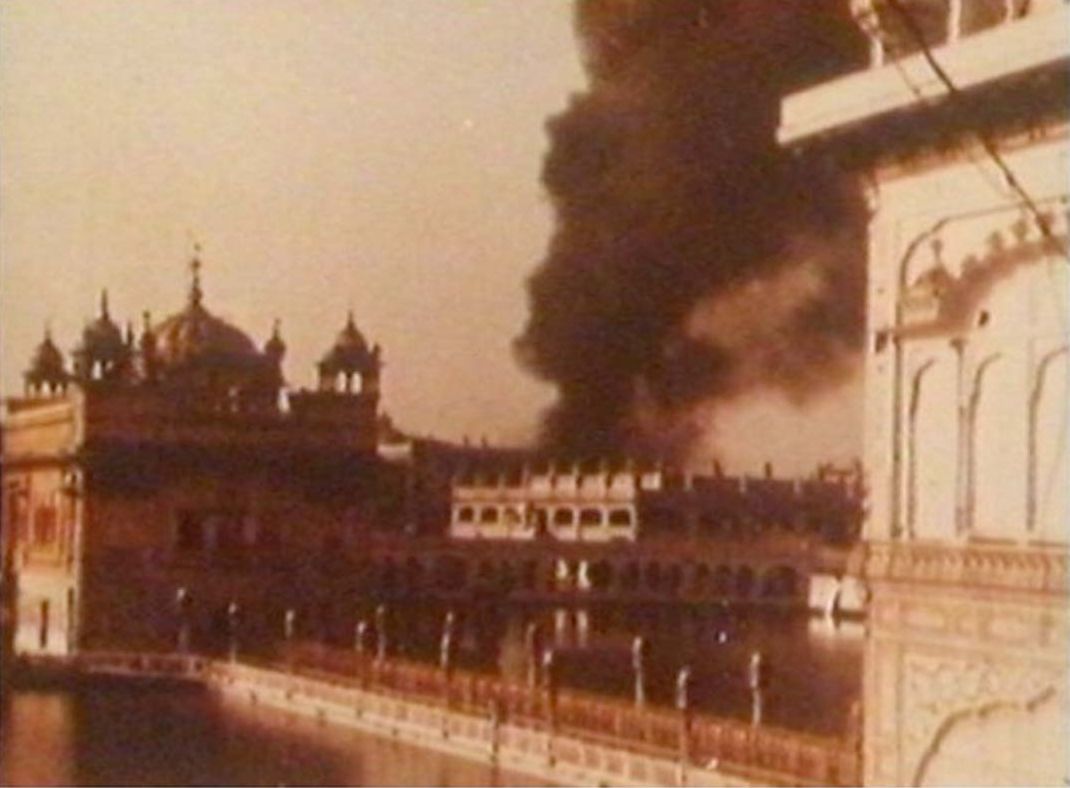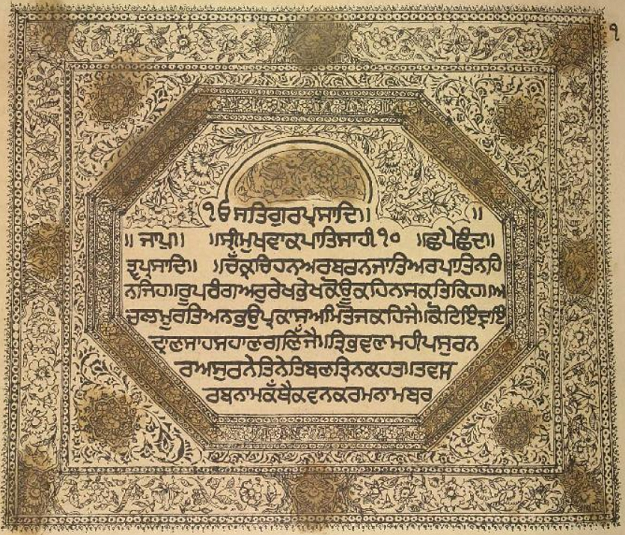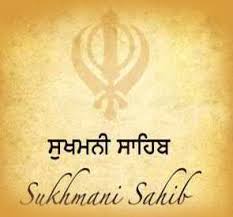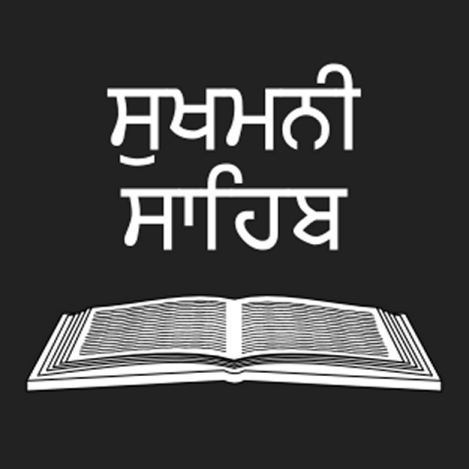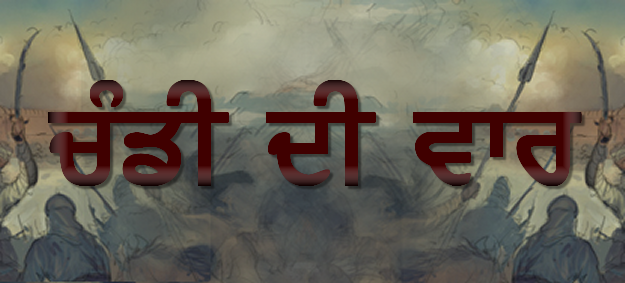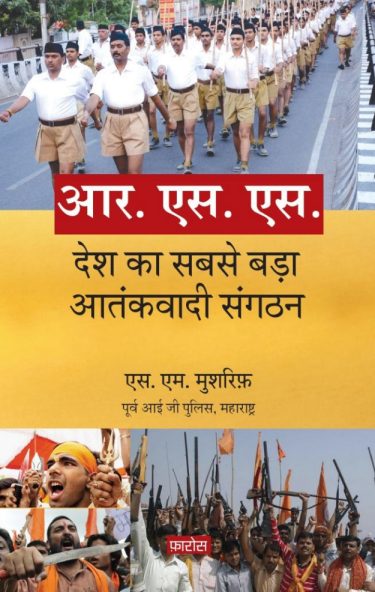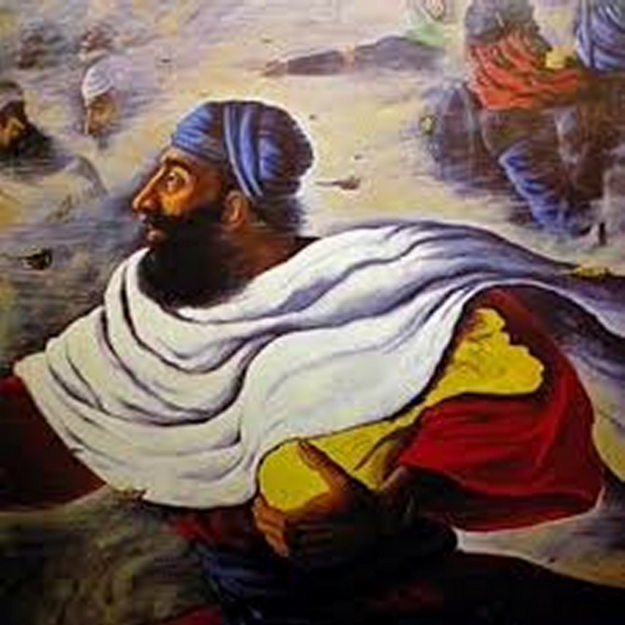
Panj Piyare - (lit. the five beloved), the name given to the five Sikhs, Bhai Daya Singh, Bhai Dharam Singh, Bhai Himmat Singh, Bhai Mohkam Singh and Bhai Sahib Singh, who were so designated by Guru Gobind Singh at the historic divan at Anandpur Sahib on 30-March 1699 and who formed the nucleus of the Khalsa as the first batch to receive at his hands Khande di pahul i.e. rites of the two-edged sword.
In Sikh theology, panj or panch, the numeral five, has a special significance. Guru Nanak Dev Ji in Jap Ji calls a spiritually awakened person a panch. The ancient Indian socio-political institution panchayat meant a council of five elders. Something like an inner council of five existed even in the time of the earlier Gurus : five Sikhs accompanied Guru Arjan Dev Ji on his last journey to Lahore; the five were each given 100 armed Sikhs to command by his successor, Guru Hargobind Sahib Ji; Guru Tegh Bahadur Sahib Ji, set out on his journey to Delhi to court execution attended by five Sikhs.
Until the Baisakhi of AD 1699, Sikh initiation ceremony, charan pahul, comprised the administering of charanamrit or charanodak to the novitiate. As Bhai Gurdas Ji, Varan, 1.23, records, this was the practice Guru Nanak DEv Ji introduced for the Sikhs. At the ceremony the novitiate quaffed water poured over the foot of the Guru and vowed to follow the religious and moral injunctions as well as the code of communal conduct laid down. Later, masands or local leaders, specially authorized by the Gurus, also administered charan pahul. According to Kesar Singh Chhibbar, Bansavalinama, a modification was introduced in the time of Guru Hargobind when water, poured over the toe of the right foot of each of the five chosen Sikhs assembled in a dharamsal, was received in a bowl and administered to the seekers after ardas or supplicatory prayer.
Guru Gobind Singh Ji, who had abolished the institution of masands replaced charan pahul with khande di pahul. He summoned a special assembly in the Kesgaṛh Fort at Anandpur on the Baisakhi day of 1756 Bk/ 30 March 1699. After the morning devotions and kirtan, he suddenly stood up, drawn sword in hand, and, to quote Bhai Santokh Singh, Sri Gur Pratap Suraj Granth, spoke: "The entire sangat is very dear to me; but is there a devoted Sikh who will give his head to me here and now? A need has arisen at this moment which calls for a head." A hush fell over the assembly. Daya Ram, a native of Lahore, arose and offered himself. He walked behind the Guru to a tent near by. Guru Gobind Singh Ji returned with his sword dripping blood and demanded another head. This time Dharam Das, a Jat from Hastinapur, emerged from the audience and followed the Guru. Guru Gobind Singh Ji gave three more calls. Mohkam Chand, a cloth-printer from Dwaraka, Himmat, a water-bearer from Jagannath, and Sahib Chand, a barber from Bidar, stood up one after another and advanced to offer their heads.
Guru Gobind Singh Ji emerged from the tent "hand in hand with the five;" says Koer Singh, Gurbilas Patshahi 10. The disciples wore similar raiment topped over with neatly tied turbans of the same colour. Guru Gobind Singh Ji, similarly dressed, introduced his chosen Sikhs to the audience as Panj Piare, the five devoted spirits beloved of the Guru. He then proceeded to perform the ceremony. Filling an iron bowl with clean water, he kept churning it with a khanda, i.e, double-edged sword, while reciting over it the sacred verses. Sugar crystals were then put into the vessel. Sweetness was thus mingled with the alchemy of iron. Amrit, the Nectar of Immortality , was now ready and Guru Gobind Singh gave the five Sikhs each five palmsful of it to drink. At the end, all five of them quaffed from the iron bowl the remaining elixir binding themselves in new fraternal ties. Their rebirth into this brotherhood meant the cancellation of their previous family ties, of the occupations which had hitherto determined their place in society, of their beliefs and creeds and of the rituals they had so far observed.
The five Sikhs — three of them from so-called low-castes — formed the nucleus of the self-abnegating, martial and casteless fellowship of the Khalsa Guru Gobind Singh had brought into being. They were given the surname of Singh, meaning lion, and were ever to wear the emblems of the Khalsa. A royal Dastar or keski would cover the unshorn; kangha, a comb in the kes to keep it tidy as against the recluses who kept it matted in token of their having renounced the world; kara, an iron bracelet; kachchh, short breeches worn by soldiers; and kirpan, a sword. They were enjoined to succour the helpless and fight the oppressor, to have faith in One God and to consider all human beings equal, irrespective of caste and creed.
The episode of sis-bhet, i.e. offering of the heads, was recorded by Bhai Koer Singh in his Gurbilas Patshdhil 10 (1751) followed by Bhai Sukkha Singh, Bhai Santokh Singh, and others. Earlier chronicles such as the Sri Gur Sobha, and the Bansavalinama do not narrate it in such detail. Ratan Singh Bhangu, Prachin Panth Prakash, simply says that "five Sikhs were selected one each from five different castes." From what is known about the lives of those five Sikhs, each of them had received instruction at the hands of Guru Gobind Singh Ji, was a devoted disciple and had been in residence at Anandpur long enough to have been affected by its ambience of faith and sacrifice.
Khande di Pahul, introduced by Guru Gobind Singh Ji on 30 March 1699, became the established form of initiation for Sikhs for all time to come; so also the institution of the Panj Piare. In fact, Guru Gobind Singh Ji had himself initiated by the Panj Piare as he had initiated them. Since then this has been the custom. Panj Piare, any five initiated Sikhs reputed to be strictly following the rahit, or Sikh discipline, are chosen to administer to the novitiates amrit, i.e. Khande di Pahul. Panj Piare are similarly chosen to perform other important ceremonies such as laying the cornerstone of a gurdwara building or inaugurating kar-seva, i.e. cleansing by voluntary labour of a sacred tank, or leading a religious procession, and to decide issues confronting a local sangat or community as a whole.
At crucial moments of history, Panj Piare have collectively acted as supreme authority, representing the Guru-Panth. During the battle of Chamkaur, it was the last five surviving Sikhs who, constituting themselves into the Council of Five, Panj Piare, commanded Guru Gobind Singh to leave the fortress and save himself to reassemble the Sikhs. Guru Gobind SinghJi had abolished the masand system and before he passed away, he also ended the line of living gurus. In the institution of Panj Piare, he had created the nucleus of a casteless and democratic continuing society.


